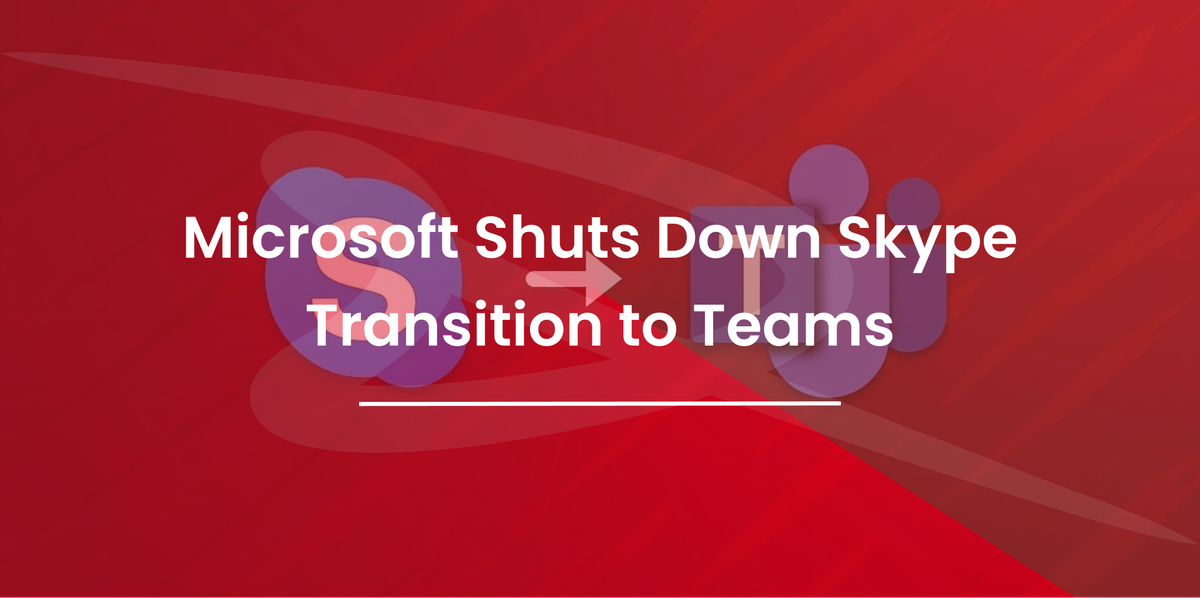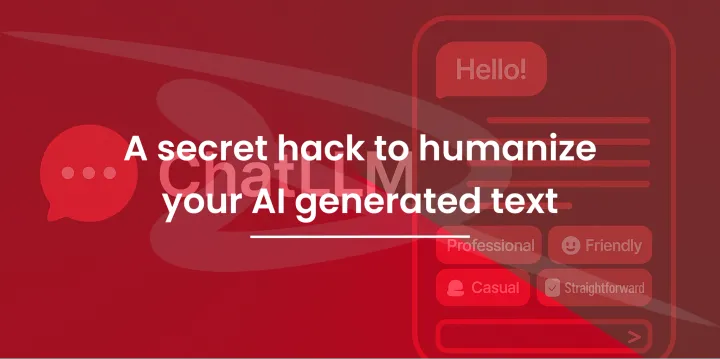Microsoft Shuts Down Skype: Transition to Teams
Microsoft is shutting Skype down on May 5, 2025. Learn why, how Teams will replace it, and how to transition easily with chat and contact migration.

After more than two decades of revolutionizing communication, Microsoft has announced that Skype will cease operations on May 5, 2025. Once the go-to platform for video and voice calls, Skype has become a relic of its former glory. Instead, Microsoft is urging its users to transition to their newer communication solution, Microsoft Teams.
This move is part of Microsoft's broader strategy to streamline its offerings and prioritize enterprise-focused communication through Teams. Here's everything you need to know about Skype's shutdown and how you can seamlessly migrate to Teams.
The Rise and Fall of Skype
A Groundbreaking Beginning
Skype, founded in 2003 by developers in Estonia, was a pioneer in the use of Voice over Internet Protocol (VoIP) technology. It broke down barriers in global communication by allowing users to make free or affordable international voice and video calls. By 2005, Skype had gained global traction leading eBay to acquire it for $2.6 billion.
Eventually, Microsoft purchased Skype in 2011 for $8.5 billion, marking its largest acquisition at that time. Skype became synonymous with video calling and was used not only for personal conversations but also for business meetings, earning a reputation as a communication game-changer.
The Decline
Despite its early dominance, Skype struggled to evolve in a rapidly-changing tech landscape. Competitors like Zoom, Slack, and Microsoft Teams outpaced it by offering more intuitive and reliable alternatives.
Microsoft's challenges with integrating Skype into its ecosystem further stalled its growth, particularly when more mobile-friendly solutions like FaceTime and WhatsApp gained traction. By the time of the COVID-19 pandemic, a moment ripe for online communication tools, Skype had already fallen behind its competition.
The Transition to Microsoft Teams

Why Teams?
Introduced in 2017, Microsoft Teams quickly secured its place as an all-encompassing workplace collaboration tool. It combines video conferencing, chat, file sharing, and app integration, making it a perfect solution for enterprises and professionals.
With Teams' explosive growth during the pandemic, the platform boasts 320 million monthly users, compared to Skype’s shrinking user base of 23 million as of 2020. For Microsoft, consolidating resources under Teams became the logical step.
How to Migrate to Teams
Good news for Skype users: the transition to Teams is designed to be effortless.
- Use Existing Skype Credentials: Skype users can log into Teams for free using their Skype account details.
- Automatic Migration: All Skype chats, contacts, and groups will be transferred to Teams automatically, allowing users to continue their conversations without disruption.
- Cross-Compatibility: Teams users will still be able to chat and call Skype users, ensuring smooth communication throughout the transition phase.
Download Microsoft Teams now to get started.
What Happens to Skype Features?

If you're wondering about your current Skype features, here’s what you need to know:
- Skype Credits and Subscriptions: Subscribers can continue using Skype Credits until their next renewal period. After that, they can transition to Teams for calling services.
- Skype Dial Pad: This feature will remain available to paid users within the Teams app.
- Exporting Data: Users can export their chats, contacts, and call history before May 5, ensuring that no important information is lost in the transition.
Impact on Users
For existing Skype users, the shutdown may feel like the end of an era. The platform shaped the way we connect, transformed businesses, and even infiltrated our vocabulary as "Skype" became a verb.
However, Microsoft is taking steps to ensure the transition to Teams is as seamless as possible. With Teams, users will experience enhanced features, including enterprise-grade security, higher-quality video conferencing, and robust collaboration tools.
Looking Ahead
The transition from Skype to Microsoft Teams signals the end of a historic chapter in digital communication but also represents an exciting opportunity for users to explore a more integrated and feature-rich platform. With Microsoft's continued focus on innovation, Teams is expected to evolve further, offering even more tools for productivity, connectivity, and collaboration.
For businesses, Teams provides a centralized hub where communication converges with workflow. Its ability to integrate with other Microsoft 365 applications like Outlook, SharePoint, and OneDrive streamlines operations, making it more than just a communication tool—it becomes a comprehensive solution for project management and teamwork.
For individual users nostalgic for Skype's simplicity, Teams offers features like private messaging, video calls, and even free usage tiers, replicating much of what they loved. As Teams expands to support hybrid work and global collaboration, users will find themselves with a platform built for the modern demands of communication.
Preparing for the Change
To ensure a smooth transition, users are encouraged to familiarize themselves with Teams ahead of the Skype shutdown. Tutorials, FAQs, and support documents are readily available on the Microsoft Support page. Microsoft has also announced plans to host live workshops and webinars to guide users through the migration process and help them make the most of Teams' features.
Although saying goodbye to the iconic Skype brand may feel bittersweet, the move to Teams underscores Microsoft's commitment to delivering cutting-edge tools for today's connected world. With Teams' impressive capabilities and the promise of ongoing innovations, the platform sets a new standard for communication and collaboration.
Why Microsoft Made the Move
Microsoft has been candid about its decision to close Skype. Shutting down the service allows the company to focus its efforts on its flagship product, Teams, which has not only dominated the market but is also integral to its Microsoft 365 ecosystem.
Jeff Teper, President of Microsoft 365 Collaborative Apps, stated, "Skype has been an integral part of shaping modern communications... We’re excited about the new opportunities Teams brings and are committed to helping users stay connected in meaningful ways."
With this shift, Microsoft aims to deliver a unified, efficient communication experience, catering to both enterprise and individual users.
Get Started with Teams Today

While Skype fades into history, its legacy lives on in Microsoft Teams, a platform that embraces modern communication needs with unparalleled features.
If you’re still using Skype, now is the time to make the switch to a more powerful and intuitive platform.
- Step 1: Download Microsoft Teams from their website.
- Step 2: Log in using your Skype credentials.
- Step 3: Explore Teams’ robust features and continue connecting with your contacts seamlessly.
By transitioning now, you’ll ensure uninterrupted communication while accessing a tool that is future-proof and built for the demands of today’s digital age. Make the move to Teams and see firsthand how it transforms your communication experience.
Remember, April 5 is just around the corner, so don't wait until the last minute! #teams #microsoft #skype #communication #collaboration
Conclusion
In conclusion, Skype's retirement marks a significant shift in the landscape of digital communication, but Microsoft Teams stands ready to take its place. With enhanced features, cross-compatibility with Skype users, and effortless migration options, Teams offers an exciting opportunity for users to explore a more integrated and comprehensive platform. As businesses and individuals prepare for this change, Microsoft continues to demonstrate its commitment to delivering innovative solutions that cater to modern demands.




Comments ()